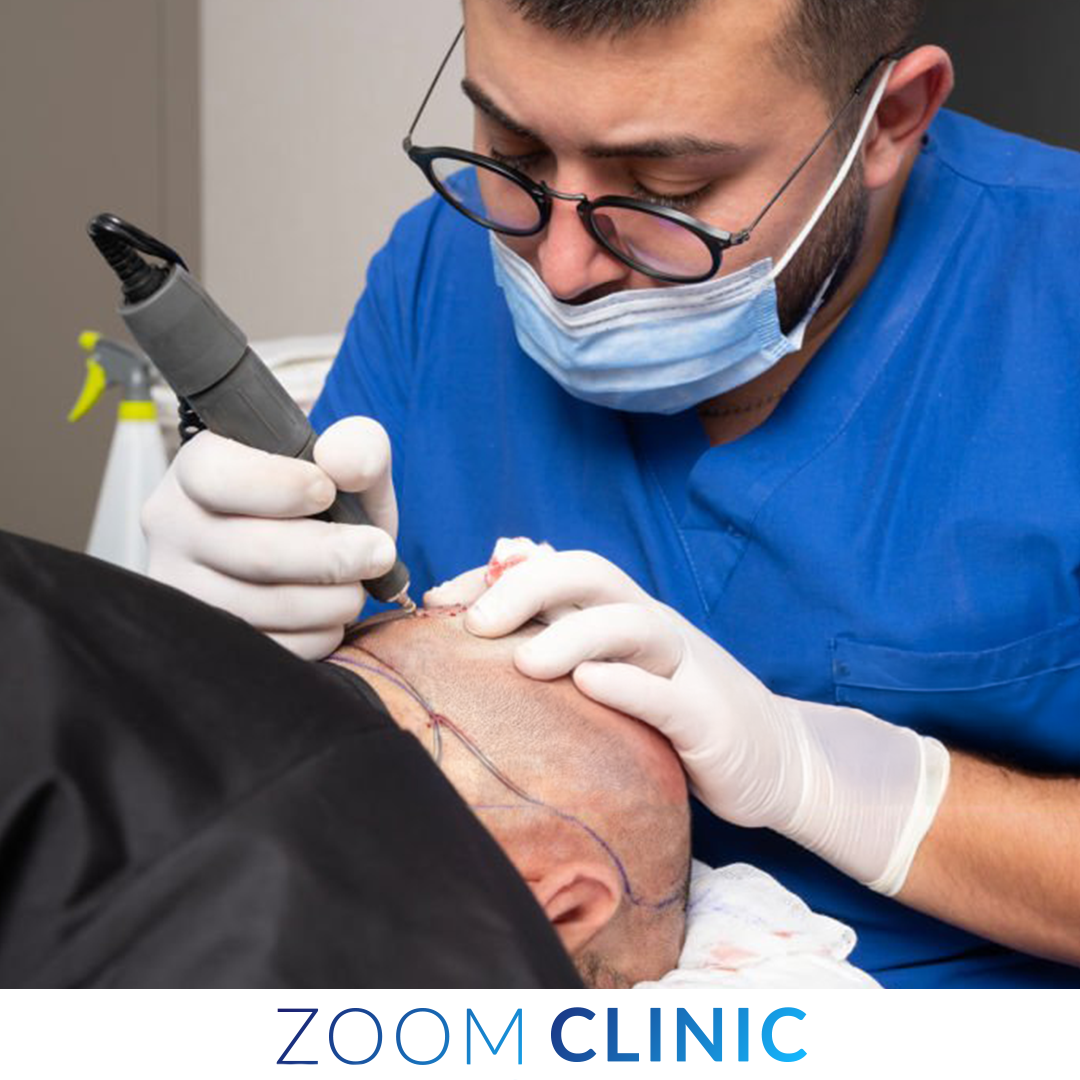Hair loss can be a distressing experience for both men and women, affecting self-esteem and confidence. Hair thinning is a widespread issue that impacts both genders, with a significant prevalence among men by the age of 50. Fortunately, advancements in medical science have provided practical solutions for hair restoration, with Direct Hair Implantation (DHI) being one of the most innovative and precise techniques available.
This comprehensive guide will explore the DHI method, its advantages, and how it compares to other hair transplant techniques. Whether you are considering hair transplantation or simply want to learn more about DHI, this article will provide the knowledge you need to make an informed decision.
Table of content
What is Direct Hair Implantation (DHI)?
Understanding the DHI Technique
Direct Hair Implantation (DHI) is a cutting-edge hair restoration technique that offers high precision and natural-looking results. Unlike traditional methods such as Follicular Unit Transplantation (FUT) or Follicular Unit Extraction (FUE), DHI involves directly implanting individual hair follicles into the recipient site without creating incisions or channels beforehand.
The Role of the Choi Implanter Pen
One of the critical innovations in DHI is the use of the Choi Implanter Pen. This specialized tool allows for the direct implantation of hair follicles with precise control over depth, direction, and angle. This advanced tool ensures that the transplanted hair follicles are placed in a way that mimics the natural growth pattern of existing hair, resulting in a natural-looking hairline and overall appearance.
The DHI Hair Transplant Procedure: A Step-by-Step Guide
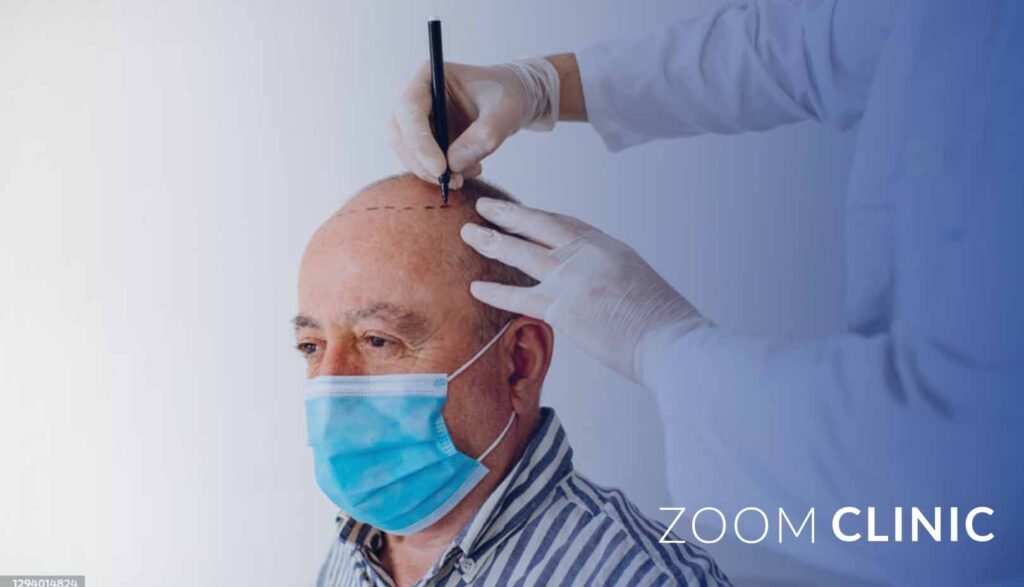
Step 1: Donor Hair Availability and Extraction
The DHI procedure begins with extracting hair follicles from the donor area, typically the back or sides of the scalp, where hair growth is most robust, as part of the hair transplant surgery. These areas are less affected by hair loss, making them ideal for harvesting donor hair.
- Donor Site Preparation: The donor site is prepared, and local anesthesia is applied to ensure patient comfort during extraction.
- Extraction Process: Individual hair follicles are carefully extracted using a fine punch tool, typically between 0.6mm and 1mm in diameter. This process is similar to the FUE method, but the extracted follicles are immediately ready for implantation.
Step 2: Implantation with the Choi Implanter Pen
The implantation process is a critical step in successful hair transplants. The extracted hair follicles are then implanted directly into the recipient area using the Choi Implanter Pen. This tool allows the surgeon to have precise control over the placement of each follicle, ensuring that the direction, angle, and depth are consistent with the natural growth pattern of the patient’s existing hair.
- Recipient Site Preparation: Unlike other hair transplant techniques, there is no need to create incisions or channels in the recipient site beforehand. The Choi Implanter Pen performs both the incision and implantation simultaneously.
- Implantation Process: The surgeon implants the hair follicles individually, carefully placing them in the recipient area to achieve the desired outcome. Using the Choi Pen ensures minimal scarring and a more natural appearance.
Step 3: Post-Procedure Care and Recovery Process
After the implantation, the patient receives detailed post-operative care instructions to promote healing and optimize results.
- Healing Process: Following a DHI hair transplant, the healing process is generally quicker and involves less discomfort than other methods. Most patients can resume normal activities within a few days, though strenuous exercise should be avoided for a few weeks.
- Recovery Time: The recovery period varies depending on individual factors, but many patients experience minimal discomfort and can expect new hair growth to begin within a few months.
- Follow-Up: Regular follow-up appointments with the surgeon are crucial to monitor progress and address any concerns that may arise during recovery.
Advantages of Direct Hair Implantation (DHI)
1. Precision and Control
One of the primary advantages of DHI is the precision and control it offers during the implantation process. Using the Choi Implanter Pen allows the surgeon to place each hair follicle with meticulous attention to detail, resulting in a natural-looking hairline and overall appearance.
2. Minimal Scarring
Because DHI does not require the creation of incisions or channels before implantation, the procedure results in minimal scarring. This makes DHI an ideal choice for patients who prefer to keep their hair short or are concerned about visible scarring.
3. Natural-Looking Results
The precise placement of hair follicles in the recipient area ensures that the transplanted hair grows in a way that mimics the natural growth pattern of existing hair. This leads to a natural-looking outcome, with the new hair blending seamlessly with the patient’s original hair.
4. Higher Graft Survival Rates
DHI is known for its higher graft survival rates compared to traditional methods. The immediate implantation of extracted follicles, combined with a high germination rate of 90% for implanted hair follicles, reduces their time outside the body, increasing the chances of successful grafting and healthy hair growth.
5. Shorter Recovery Time
The minimally invasive nature of DHI results in a shorter recovery time for most patients. While individual recovery periods may vary, many patients can return to normal activities within a few days of the procedure with minimal discomfort.
6. Reduced Risk of Shock Loss
Shock loss, or the temporary shedding of transplanted and surrounding hair after a hair transplant, is less common with DHI. The gentle handling of hair follicles during implantation reduces the risk of shock loss, leading to more consistent results.
7. Customized Treatment Plans
DHI allows for highly customized treatment plans tailored to the unique circumstances of each patient. Whether the goal is to restore a receding hairline, add density to thinning areas, or cover a scar, DHI offers the flexibility to achieve the desired outcome.
Comparing DHI to Other Hair Transplant Techniques
DHI vs. Follicular Unit Extraction (FUE)
While DHI and FUE involve the extraction of individual hair follicles, the critical difference lies in the implantation process.
- Implantation: In FUE, the surgeon creates incisions or channels in the recipient area before placing the follicles. In contrast, DHI uses the Choi Implanter Pen to perform both the incision and implantation simultaneously, offering more precise control.
- Scarring: DHI typically results in less scarring than FUE, making it a preferred option for those concerned about visible marks.
- Recovery: Both methods offer a relatively quick recovery time, but DHI may result in less post-operative discomfort and a faster return to normal activities.
DHI vs. Follicular Unit Transplantation (FUT)
FUT, also known as the strip method, involves removing a strip of skin from the donor area, which is then divided into individual follicular units for transplantation.
- Scarring: FUT leaves a linear scar at the donor site, while DHI results in minimal scarring due to the lack of large incisions.
- Recovery: The recovery period for FUT is generally longer and involves more discomfort than DHI.
- Natural Results: While FUT can produce natural-looking results, DHI’s precision and control often lead to more seamless outcomes.
Is DHI the Right Solution for You?
Factors to Consider
Choosing the correct hair transplant method depends on various factors, including the extent of hair loss, donor hair availability, and individual goals.
- Hair Loss Severity: DHI suits mild to moderate hair loss patients. To achieve optimal results, a combination of DHI and other techniques may be recommended for those with extensive hair loss.
- Donor Hair Availability: The success of DHI depends on the availability of healthy donor hair. Patients with limited donor hair may need to consider alternative options.
- Desired Outcome: If you seek a natural-looking hairline with minimal scarring, DHI may be the ideal solution. The technique’s precision allows for a customized approach to hair restoration.
Consultation with a Skilled Surgeon
A successful DHI hair transplant relies on the expertise of a skilled surgeon. Choosing a surgeon with extensive experience in DHI and a track record of delivering natural-looking results is essential. During the consultation, the surgeon will assess your hair loss, discuss your goals, and determine whether DHI is the right solution.
The Future of Hair Restoration: DHI and Beyond
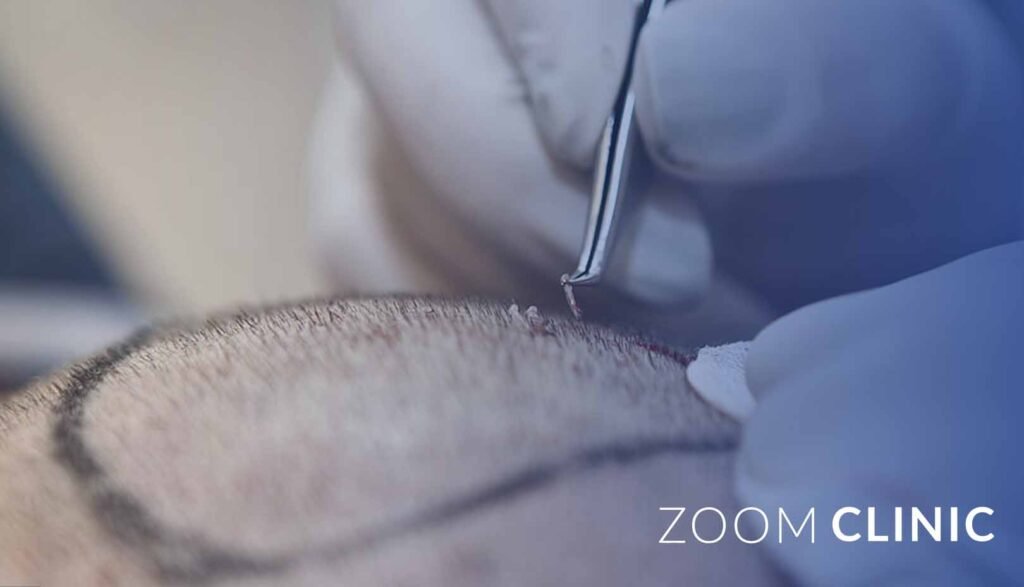
Latest Advancements in Hair Transplantation
DHI represents one of the latest advancements in hair transplantation, offering a combination of precision, control, and natural results. As medical science continues to evolve, we can expect further innovations in hair restoration techniques, including improved tools, techniques, and patient outcomes.
The Importance of Patient Education
As with any medical procedure, patient education is crucial to making an informed decision about hair restoration. Understanding DHI’s benefits, risks, limitations, and other hair transplant methods can help you choose the right solution for your unique circumstances.
Setting Realistic Expectations
While DHI offers several advantages, setting realistic expectations about the results is important. Hair restoration is a gradual process that may take several months to manifest fully. You can achieve the best possible results by working closely with your surgeon and following post-operative care instructions.
Zoom Clinic clients before and after Hair Implantation
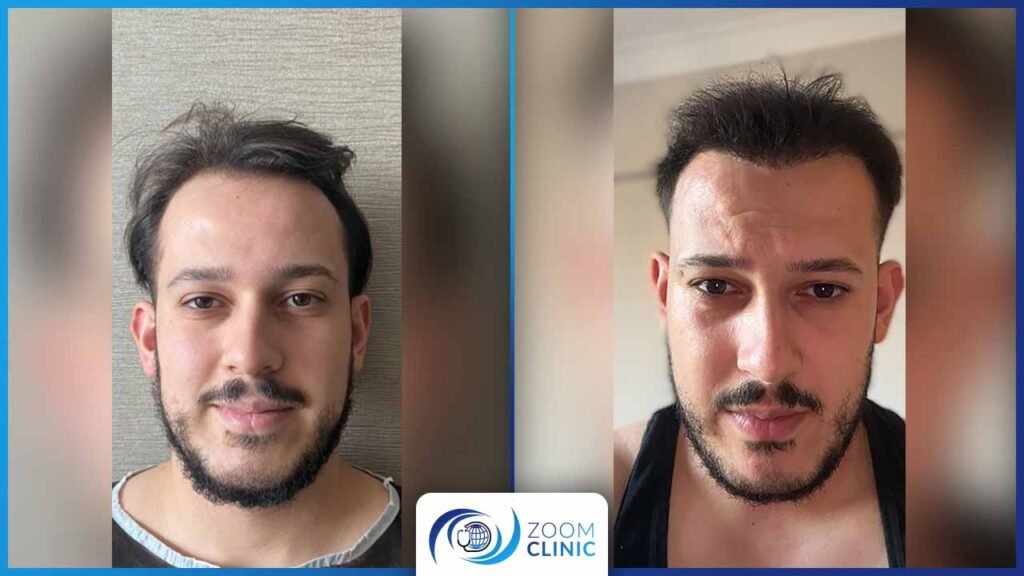
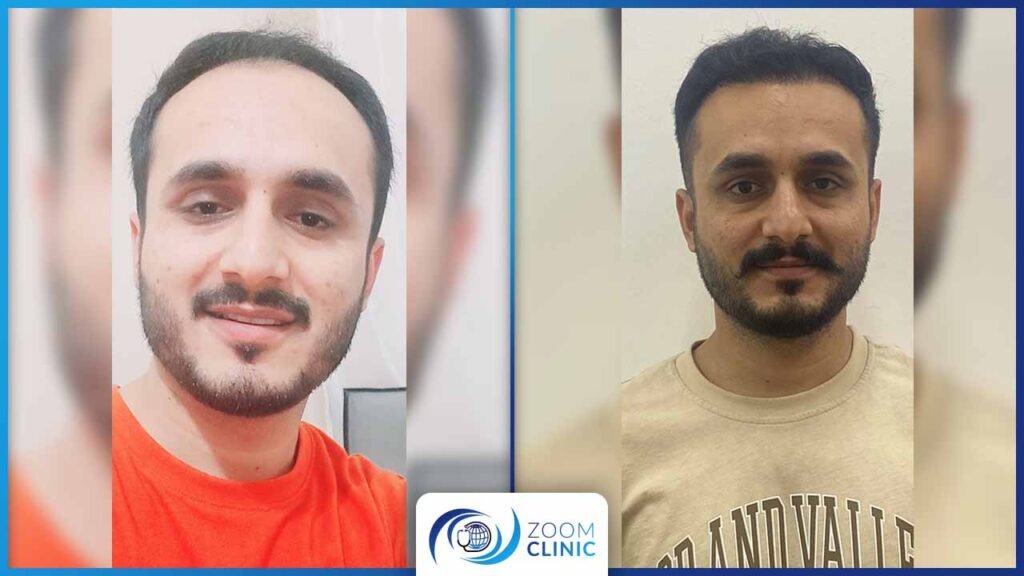
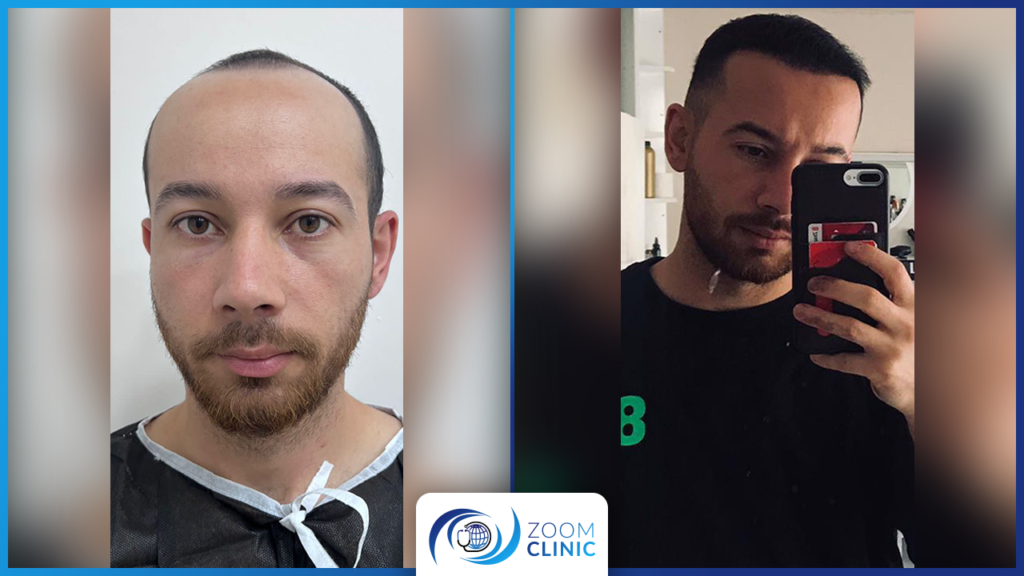
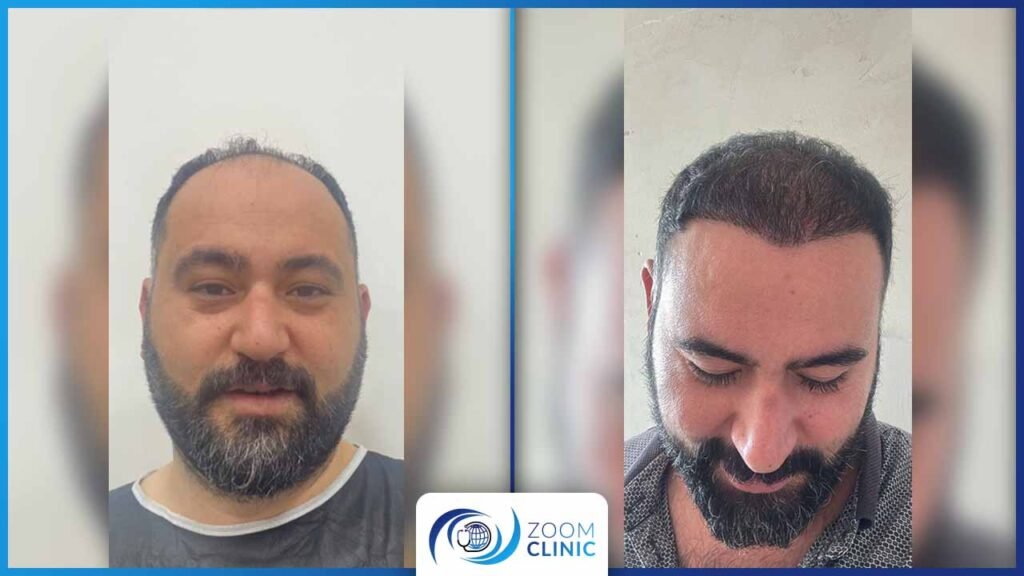
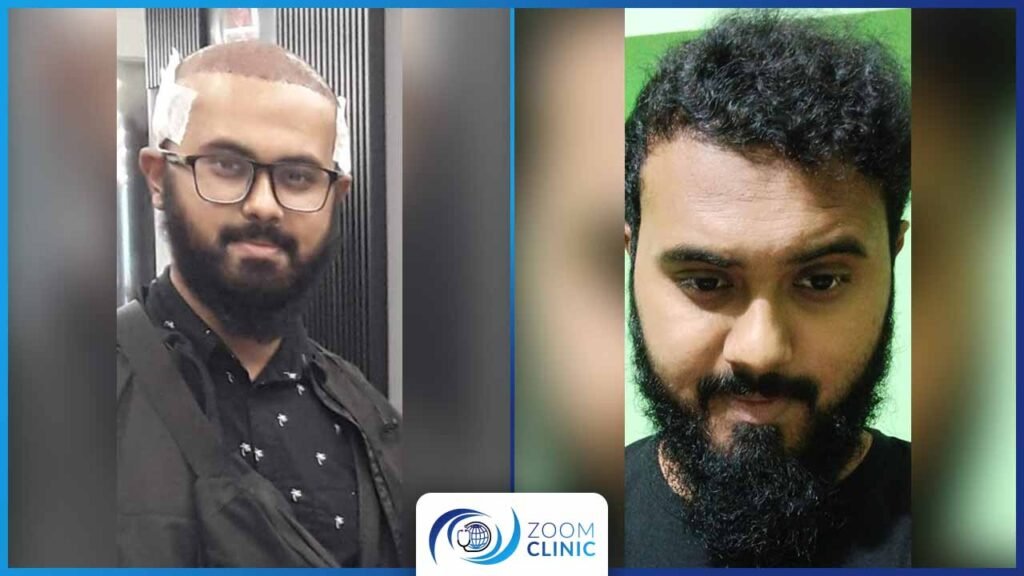
Conclusion: Achieving Excellence in Hair Restoration with DHI
Direct Hair Implantation (DHI) is a revolutionary hair restoration technique that combines precision, minimal scarring, and natural-looking results.
For many patients, DHI offers the right solution to address hair loss and achieve a fuller, healthier head of hair. Whether considering a hair transplant for the first time or exploring advanced techniques, DHI provides a path to restoring confidence and self-esteem.
If you’re interested in learning more about DHI or other hair transplant methods, schedule a consultation with a skilled surgeon who can guide you through
Get the special offer today from Zoom Clinic
Read Also:

